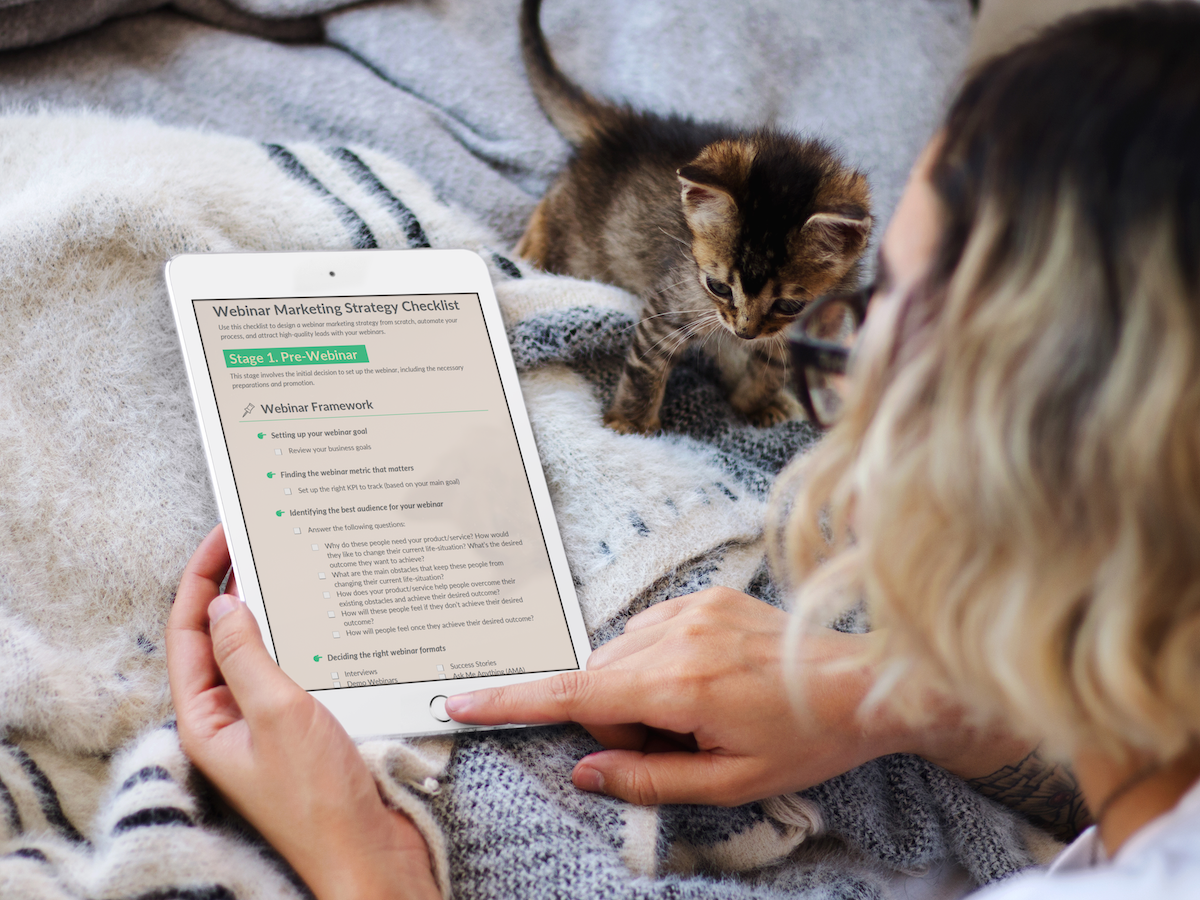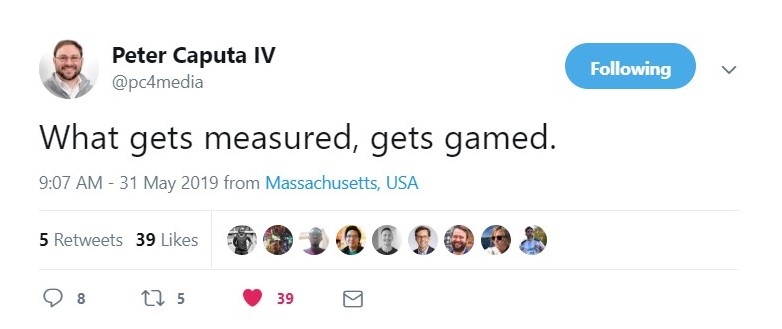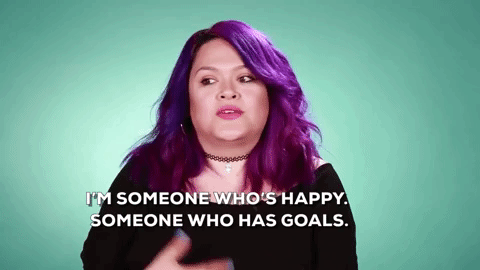In 2016 I took my family of 5 to Red River, New Mexico. I’m the adventure planner (we don’t call them vacations, because, let’s not fool ourselves, there are no vacations with three kids under 6 years). It’s my job to pick the place, make the reservations, and plan the itinerary, and I love it!
I knew where we were going, and I assumed all I would need was Google Maps to get me there.
That was my first mistake. I didn’t know all the amazing things from my house to Red River, NM. I didn’t hunt down the best rest stops, restaurants, and sightseeing, and I didn’t hire a tour guide or travel agent to clue me in on everything I was missing out on.
Your customers are like me on vacation. They know where they want to end up, but they don’t have a clue on the best way to get there. That’s why every person in sales is like a vacation tour guide for the customer journey.
You walk them through the process, pointing out the best, most amazing features, demonstrating the beauty of the product, personalizing the journey to meet their needs and their expectations, and by the end of the tour they love you, trust you, and have become huge fans of you and your product.
Like every memorable tour guide, you have to know your product inside and out, know your customers every concern, fear, and question. You have to be confident in where you are taking the customer and know that they are enjoying the tour because they are learning and experiencing new things.
Now, I’m not saying that your job is a day at the beach. 🙂 It’s not.
There are plenty of challenges, so if you’re looking to learn some solid strategies to help grow your sales pipeline, increase your leads, and help close more deals (and you don’t mind a few tour guide analogies) let’s look at some ways you can create a profitable B2B SaaS sales strategy for yourself or your team.
Be Strategic
The most important aspect of B2B SaaS sales is the strategy. You can’t accomplish what you don’t document, because if you don’t know where you’re going or what your goals are, how will you know what steps are required to get there? Or what pieces need to be tweaked or completely revamped in your process?
A sales strategy is like being a tour guide with a map. You know where you’re going, when you should get there, and what really awesome attractions are along the way.
Have you ever been on a road trip without a solid plan or input from an expert like a travel agent or tour guide? On our Red River, NM adventure, we stopped at every gross gas station restroom, missed the really cool Cadillac Ranch by two miles, and ate at a McDonalds when only one block down the street was an In-N-Out Burger. It was a disaster. Don’t be like me. Set out with a plan and a strategy.

The salesperson is the subject matter expert as far as the customer is concerned. You not only have a map and a plan, but you know all the cool hidden places to stop along the way. You know all the neat features in your product that the buyer needs to see, and you know all the ways the customer can and should use your product to solve any major problem and slight irritation.
What’s in your B2B SaaS Sales Strategy?
A very simplistic way to approach your sales strategy is to ask yourself, “How can I get more customers to buy my product?” While the question is simple, finding the right answer takes some work and preparation, because what you’re really asking yourself here is “who are my ideal customers?” “what do my ideal customers need from me?” and “how can I get my product in front of my ideal customers?”
Create an Ideal Customer Profile
Back to our tour guide analogy, your ideal customers are the people who are going to love your tour. If you’re an NYC tour guide doing historical literary beer tours (which is a great tour if you love dive bars and literary history, like I do) then your ideal customers should love beer, literature, NYC, and fun historical facts.
You would not do well targeting people searching for adrenaline junky tours. While there may be people who overlap enjoying these two tours, you’ll be much more successful if you focus on your ideal customers.
Ideal customers are your target customers, the companies that will benefit most from your product. These companies most likely have similar pain points that your product helps solve. When creating your sales strategy, you want to clearly identify your ideal customers, and the best way to do that is to speak with your current customers to get feedback.
Every sales call, survey response, and customer conversation is an opportunity to learn valuable information.

DOWNLOAD YOUR FREE WEBINAR STRATEGY CHECKLIST BELOW 
Use this checklist 
We promise to never spam or send emails about cats.
Okay, maybe some cat stuff.
Who Loves Your Company?
The first step in creating an Ideal Customer Profile (ICP) is to find out which of your current customers absolutely loves your product. These are the customers that tell their friends at other companies about your product.
They sing your praises on social media, have short sales cycles, never or almost never complain, and they aren’t asking for features you don’t have. These people just “get it”. They’re the customers you say, “Man, I wish I could clone a thousand of them.” And the ICP is exactly how you do that.

Step One: Gather as much information and data about these customers as you can.
Get on the phone with them and ask them questions about how they’re using your product.
– What they love about your product?
– What they would change about your product?
– What was going on in their company when they purchased your product (this question can be difficult for people to recall, so I recommend asking this question on a thank you page after they register).
When you’ve finished your interviews you should know this basic information about your ideal customers:
- Niche or industry
- Average company size
- Average budget
- Why they buy your product
- How they use your product
- Who in the company buys your product
- Who in the company uses your product
Step Two: Look for the pattern
Somewhere in all the data and customer interviews is a pattern of how and why your customers buy from you. You’re looking to identify this pattern, the repeatable reason that companies need your product.
Step Three: Write it all down.
Create a document that lays out who your ideal customer is, why your ideal customer buys from you, how they buy from you, and how they use your product. This should be a living document, something that can be added to
What do I do with this thing?
So, how does an Ideal customer profile help sales? In the same way the tour guide studies his clients, and knows what tours and attractions are the most popular and favorites, they know what jokes get a big laugh, and which shop owners appreciate the tour groups stopping by, you need to know your customers in the same way.
The better you know them and their needs, the better you can serve and meet their needs. Your ICP gives you all of that information.
GOALS!!!!
Goals setting and sales go hand-in-hand. In ‘old-school-corporate culture’ goals and measuring progress was filled with bureaucratic red tape and arbitrary restrictions. Like you have to make 100 cold calls a week. (Yuck!) The startup culture has impacted so much about the way we do business, and one of those things is goal setting and tracking.
Most B2B sales advice out there says to set a goal for the team and track and measure and hound and harass until the goal is met. (Ok, well not exactly, but it definitely sounds and feels that way.)
That mentality doesn’t foster creativity, passion, and personalization for team members. Peter Caputa, CEO of Databox, tweeted about this recently saying “What gets measured, gets gamed.”

He explained in the thread, that most goal setting only motivates people to achieve the goal not make progress, and many will try to achieve the goal by playing the system, not doing the work.
But maybe you’re like me, and you love setting goals. Maybe you love tracking and measuring your progress against that goal, creating timelines, and action plans to achieve your goal. Maybe goals are the things your dreams are made of.

So, taking all these viewpoints into consideration, and that goals are deeply personal, here are a few tips for goal setting for your team:
1. Decide on the goal as a team. Have quarterly or monthly meetings (whichever makes the most since for your company and team) and discuss what goals are important to the team. Because when people have buy-in on something they are much more likely to participate and see the value of the thing.
2. Discuss the timeline as a team. Everyone hates an arbitrary deadline. Yes, things need to happen by a certain time, but establish those timelines as a team.
3. Publish goals publicly and refer to them often. We’ve all had that project or company document that everyone is excited about for a week and then it gets put in a drawer somewhere never to be mentioned again.
Refer to your goals often, show how progress is being made. If everyone has helped establish the goal and knows the timeline, then keeping them informed on the progress is essential to the goal’s success.
4. Plan what steps need to be taken to achieve the goals. This could be done on an individual basis or as a team. This will be your action plan, which is simply the steps you take to reach your goal.
While it’s understandable to want to streamline and unify this with one action plan across the team, that may not be what is best for your team members, perhaps consider individual action plans that allows each team member to work toward the overall goal within their own strengths and talents.
It’s possible to have the framework for goal setting while still allowing for personalization among team members. The more you allow your team members to participate in creating the goals, the more likely they will be to want to achieve those goals.
Let’s Get To It
You’ve done the planning and prep, and now it’s time for action. Your sales method is simply how you plan on nurturing and walking the customer through their sales journey.
If you’re the tour guide, is this a walking tour? A bike tour? A running tour? (Google says that’s an actual thing, but I can’t imagine why)

There are numerous ways for you to reach out and nurture your customers during the sales cycle and each way should be geared towards your customers needs and behaviors. But you don’t, and shouldn’t, choose just one technique. Create a B2B SaaS sales strategy that combines multiple techniques and channels, and ensures that your audience has every opportunity to learn more about your company and product.
A ‘how-to’ on each of these methods is a huge guide alone, but here are some general tips to help get you started.
Inbound Marketing
Hubspot coined the phrase inbound marketing. This method’s approach is all about drawing customers into the product through blogs, articles, ebooks, infographics, and social media. With inbound marketing each piece of content is meant to educate and nurture the customer through the sales cycle, so that they are ready to purchase by the time they speak with a sales rep.
The most important aspect of inbound marketing is that you create content for your customer’s level of awareness. This allows the potential customer to discover your product as they’re learning more about their own problems. Inbound marketing is essentially self-paced learning. It’s difficult for content to be connected to sales, so some people question is it’s worth the investment.
If you can consistently publish well-written pieces that your audience will want to read, inbound marketing is a great way to support your sales strategy.
Cold Outreach
Cold calling and cold email is the attempt to make a sale with a customer who didn’t contact you, doesn’t know you’re going to contact them, and hasn’t expressed interest in your product. This is still a very popular sales method, but it only works in volume (like you have to call or email a lot to get a yes). Some tips from Heinz Marketing are:
- Have an offer
- Stay focused on volume
- Get in the zone and avoid distractions
- Get comfortable with rejection
- Learn from those around you
Podcasts
Podcasts have become a very popular sales technique in the last few years. Reports show that 64% of podcast listeners have made a purchase after hearing about it on a podcast. At Demio, we have our podcast, SaaS Breakthrough, where we share insights and lessons learned from SaaS leaders to help our audience and bring awareness to our brand and other leaders in the SaaS industry.
Social Media
Social media has become a powerful force in the sales cycle. Customers are looking to social media to interact with and learn more about brands and their products. With the variety of channels, it’s really important that you know which channel your audience uses most. Each platform has its own best practices and tone.
Many teams implement some or all of these techniques to create their overall sales strategy. Whatever combination of approaches you and your team choose, the key is to ensure that it’s the approach that will resonate and attract your target customers.
Webinars
We’re quite partial to this technique for sales 🙂 . In fact, we know that webinars can take a prospect through the entire sales cycle-from completely unaware to buying customer in one webinar event. Because the entire webinar process is geared toward quality lead generation- from the registration page, to the webinar, to the ability to personalize follow-ups through your CRM.
There isn’t another sales technique out there that takes your prospects from unaware to paying customer. It’s also the perfect way to have a personalized one to many interaction with your customers.
We’ve found that in order to have a successful webinar you need to:
- Use an amazing hook that intrigues your audience
- Personalize their experience as much as possible
- Don’t overwhelm your audience with unnecessary details
- Engage your audience during the webinar by using polls and asking questions in chat
- Follow-up automatically based on your attendees behavior using your CRM
tl:dr
A great sales strategy starts with knowing your ideal customers very well. You know their pain points and why they are buying your product. Then write it all down in an Ideal Customer Profile.
The next step is to create goals for your sales team, but don’t go corporate on this step. Let your team work on this together, you know, like teammates. 🙂
Finally, reach out to your potential customers in ways that they will most appreciate and that will help them convert to customers. There is almost an endless variety of combinations for your customer’s, but by focusing on the ones your audience appreciates and utilizes your shorten the sales cycle and your lessen your frustration.

DOWNLOAD YOUR FREE WEBINAR STRATEGY CHECKLIST BELOW 
Use this checklist 
We promise to never spam or send emails about cats.
Okay, maybe some cat stuff.


